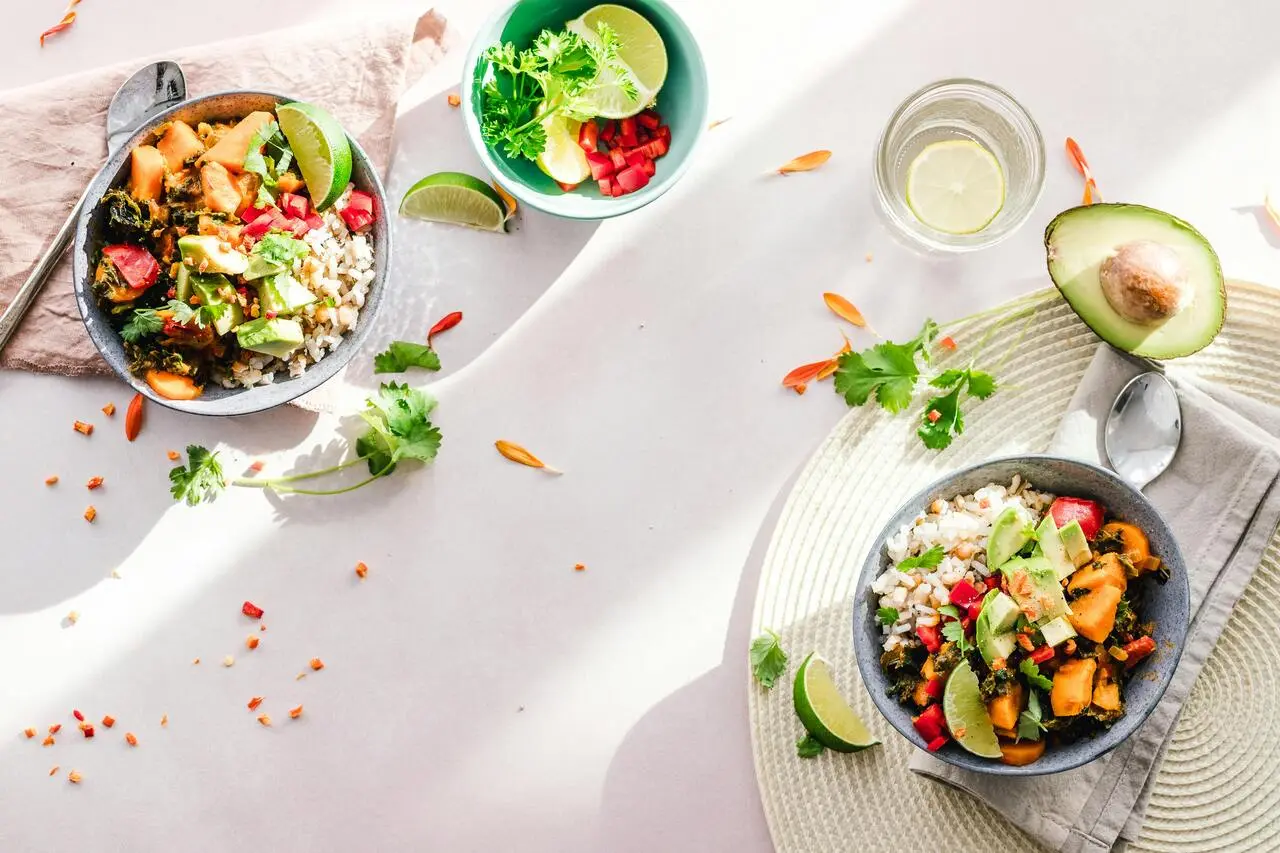Embarking on a diet doesn’t require radical changes or perfection. The most effective approach is to start small, build consistency, and refine your habits over time. This guide will walk you through creating a flexible, realistic diet plan that evolves with your lifestyle, ensuring long-term health benefits without burnout. Whether you’re aiming for weight loss, better energy, or overall wellness, this step-by-step method will set you up for success.

1. Laying the Foundation: Starting Simple
Begin with manageable changes to avoid overwhelm. Focus on establishing a routine rather than strict rules.
Step 1: Set Achievable Goals
- Example Goals:
- “Drink 2 glasses of water before every meal.”
- “Add 1 serving of vegetables to dinner daily.”
- Avoid: Vague targets like “eat healthier.” Use SMART goals (Specific, Measurable, Achievable, Relevant, Time-bound).
Step 2: Simplify Your Plate
- The 50/25/25 Rule: Fill 50% of your plate with non-starchy veggies, 25% with lean protein (chicken, tofu, fish), and 25% with complex carbs (brown rice, sweet potatoes).
- Snack Smart: Pair protein (e.g., almonds) with fiber (e.g., an apple) to curb cravings.
Step 3: Build Awareness
- Track meals and hunger cues in a journal or app (e.g., MyFitnessPal).
- Note energy levels, mood, and sleep patterns to identify food triggers.
2. Phase 2: Strengthen Your Routine (Weeks 3-6)
Once basic habits feel natural, introduce structure without rigidity.
Upgrade Your Nutrition
- Protein Priority: Aim for 20-30g of protein per meal (e.g., eggs, Greek yogurt, lentils).
- Swap Smartly: Replace sugary drinks with herbal tea or infused water.
- Healthy Fats: Add avocado, nuts, or olive oil to meals for satiety.
Meal Prep Basics
- Batch Cooking: Prepare staples like grilled chicken, roasted veggies, and quinoa for 3-4 days.
- Freezer Hacks: Freeze portions of soups, stews, or smoothie packs for busy days.
3. Phase 3: Optimize and Personalize (Month 2+)
Tailor your diet to your unique needs and goals.
Advanced Adjustments
- Macro Tracking (Optional): Use apps to monitor protein, carbs, and fats if targeting specific goals like muscle gain.
- Meal Timing: Experiment with intermittent fasting or smaller, frequent meals based on energy needs.
- Gut Health: Add fermented foods (kefir, sauerkraut) or fiber-rich prebiotics (oats, garlic).
Overcome Plateaus
- Reassess Portions: Adjust serving sizes if weight loss stalls.
- Variety Matters: Rotate proteins and veggies to prevent boredom and nutrient gaps.
4. Maintaining Long-Term Success
Sustainability is key—avoid the “all or nothing” mindset.
Flexible Strategies
- 80/20 Rule: Eat nutrient-dense foods 80% of the time; enjoy treats mindfully 20%.
- Social Balance: Plan ahead for dinners out—opt for grilled proteins and veggie sides.
- Mindful Eating: Pause mid-meal to assess fullness; avoid eating straight from packages.
Stay Motivated
- Celebrate non-scale wins: better focus, improved digestion, or fitting into old clothes.
- Join a community (online forums, local groups) for accountability and inspiration.
5. Troubleshooting Common Challenges
Anticipate obstacles and plan solutions.
Challenge: Time Constraints
- Fix: Keep ready-to-eat snacks (hard-boiled eggs, pre-cut veggies) on hand.
Challenge: Cravings
- Fix: Eat balanced meals to stabilize blood sugar. Craving sweets? Try dark chocolate or fruit with nut butter.
Challenge: Dining Out
- Fix: Scan menus online beforehand, ask for dressings on the side, and prioritize protein + veggie dishes.
Conclusion
A successful diet isn’t about perfection—it’s about progress. By starting with simple swaps, gradually adding structure, and staying adaptable, you’ll build habits that last. Remember, health is a lifelong journey. Celebrate every step forward, learn from setbacks, and focus on how each positive choice makes you feel stronger and more energized.
Frequently Asked Questions (FAQs)
- How do I stay motivated when progress is slow?
Focus on non-scale victories (e.g., better sleep, increased stamina) and set monthly mini-goals to maintain momentum.
- Can I drink alcohol while dieting?
Moderation is key. Opt for lower-calorie options like wine or spirits with soda water, and avoid sugary mixers.
- What if I hate meal prepping?
Simplify! Prep just 2-3 meals weekly or use shortcuts like rotisserie chicken and frozen veggies.
- How do I handle hunger between meals?
Ensure meals include protein + fiber. Snack on veggies with hummus or a handful of nuts.
- Is cheat day okay?
Avoid labeling days as “cheat.” Instead, enjoy occasional treats mindfully without guilt.